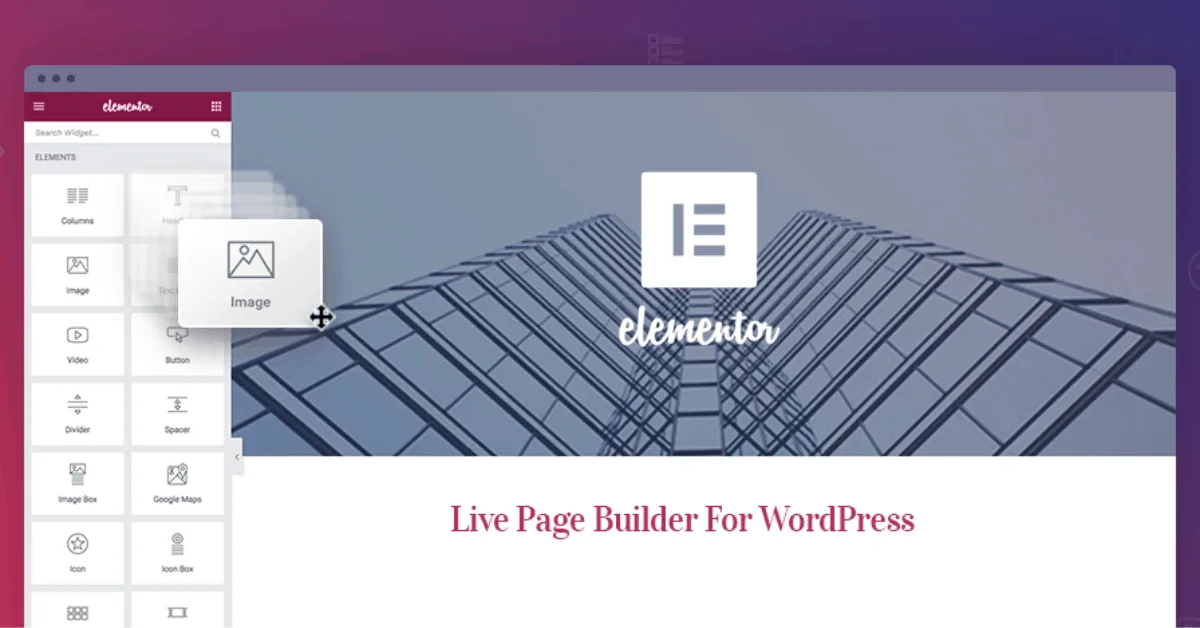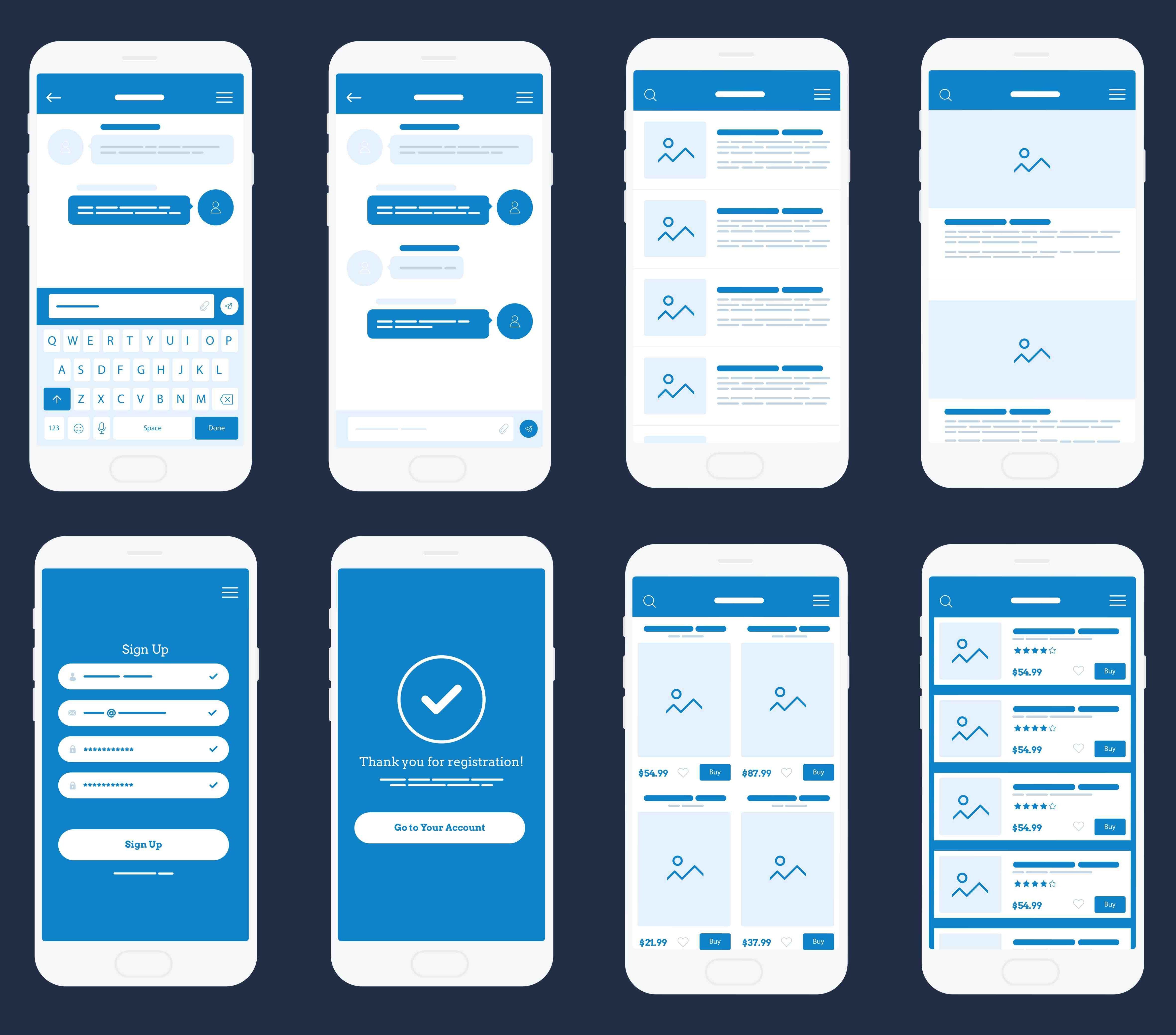You have probably heard of design-first, mobile-first, or user-first when it comes to website development, but have you heard of content-first?
ascribeinc.caYou’ve probably heard of design-first, mobile-first, and user-first when it comes to website development, but have you heard of content-first?
Design-first essentially means to just make the site look good above all else. It’s effectively the opposite of user-first, where you prioritize the needs, preferences, and behaviours of the end user throughout the design process.
Then there’s mobile-first and its opposite, desktop-first. These are not mutually exclusive from design-first or user-first. We will dive into these approaches more in this article.
So what is content-first?
Well, it’s the concept that you define your content needs first, then you start subsequent activities, such as UX and then UI design.
Most web agencies have something very similar to the following process for web development:
Strategy (deliverables could include sitemap, deployment plan, etc.)
UX (wireframes)
Design (web designs)
Build (a pre-release version of the site)
Test (a testing site)
Deployment (moving to staging, then production)
Content is typically developed somewhere in the middle of this process and ultimately entered prior to step 6, deployment.
Why is user-first or design-first a problem?
Time and time again, content is ignored in the early phases, and as a result, a user experience is developed without actually knowing what content the users will be consuming. That means the so-called user experience is built around assumptions — or, frankly, guesses — as to what the site truly entails. Therefore, it’s effectively not even really user-first as it doesn’t put the user’s total experience first.
For example, wireframes are a common deliverable of the UX phase of web development. They are a page schematic and serve as a skeletal framework or visual of a website. They are not stylized and therefore are not focused on aesthetics, but rather the layout, components, fields, functionality, and any other details of the page. As part of that, they often indicate where certain content will appear on the page and sometimes show character counts for different fields and elements.
That sounds cool, but without knowing the content, that work is often throwaway work. We’ll get into why wireframes suck in another article.
Because the next step is UI designs, based on the wireframes. The UI designs apply the branding and make those wireframes actually look awesome, usually with placeholder text or lorem ipsum. Once the client is happy with the designs, the build happens, and if the agency is good, the build will look just like the designs.
That also sounds great, right?
But what ends up happening, almost inevitably, is that once the build is complete, and content entry finally begins, the designs don’t really work for the content. The content might be too long for the character count, or the elements on the page simply don’t make sense based on the actual content.
And because most web agencies seek approval on each phase of the project, if the client raises the concern that their content doesn’t fit the designs, they will likely have to revisit those designs. That will most likely result in cost and timeline impacts, as it would be moving backwards in the process and redoing things that were already approved.
Sometimes content is entered into the templates when the designs are being developed, and then these issues can be caught earlier. However, that doesn’t eliminate the issue, it simply catches it a bit sooner. The issue persists though, and there will almost certainly be cost and/or timeline impacts.
All this to say, this process does the client and users a disservice.
So how does content-first solve this?
By looking at the content needs during the strategy phase, and then developing content instead of wireframes, the client will know what they want to be showing the user. Then, once the content is developed, our designers do what is called information design, which is designing in a way that best presents that information to the user.
Why is that better?
It means that not only will there be less likelihood of redoing work, delaying timelines, and incurring additional cost, it will ensure the site is actually designed and built around the content the users are consuming.
In a world where we are inundated with content, it’s becoming increasingly important to cut through the clutter and have good, strong content that not only achieves the goal of your website, but also delivers a good experience to the website’s users.
If you have a site that looks amazing, but the design is poorly thought-out, the content may be incredibly ineffective at actually achieving the objectives of your site.
That’s why content-first is the way of the future, and why Aurora always recommends that approach. We can use any approach our clients want to pursue, but we recommend content-first for the reasons discussed above. This is incredibly rare by an agency.
Why doesn’t everybody do content-first?
Simple. It’s harder for the agency. Content strategy and development is a completely different skill set than graphic design or web dev, and it can be very time-consuming to work with clients on content. Agencies often find it a lot easier to just design and build a site, and let the client sort out the content — which is basically like selling somebody the hull of a boat without any cabin.
At Aurora, we work with our clients and recommend using a content-first approach. If they do not have the expertise, staff, or bandwidth to develop their own content, we work with our sister company Ascribe on content. You can look at some case studies here that use a content-first approach.
 Back to insights
Back to insights

 Read More
Read More




